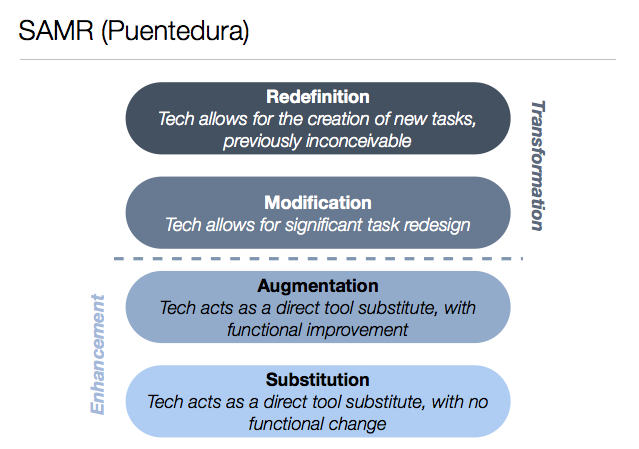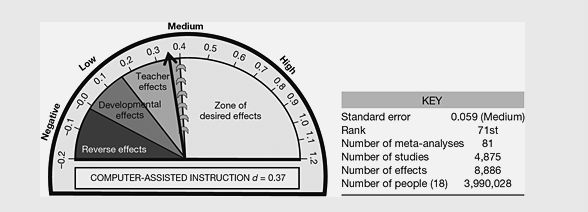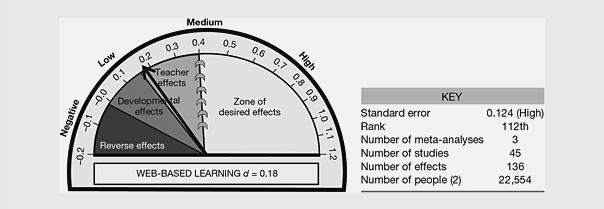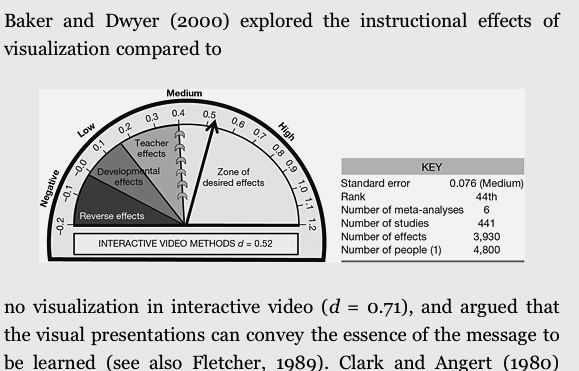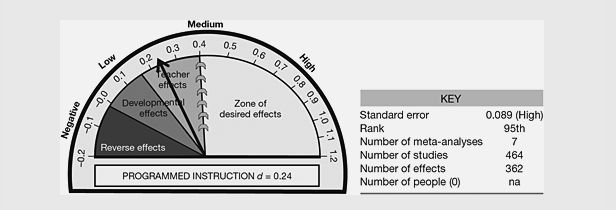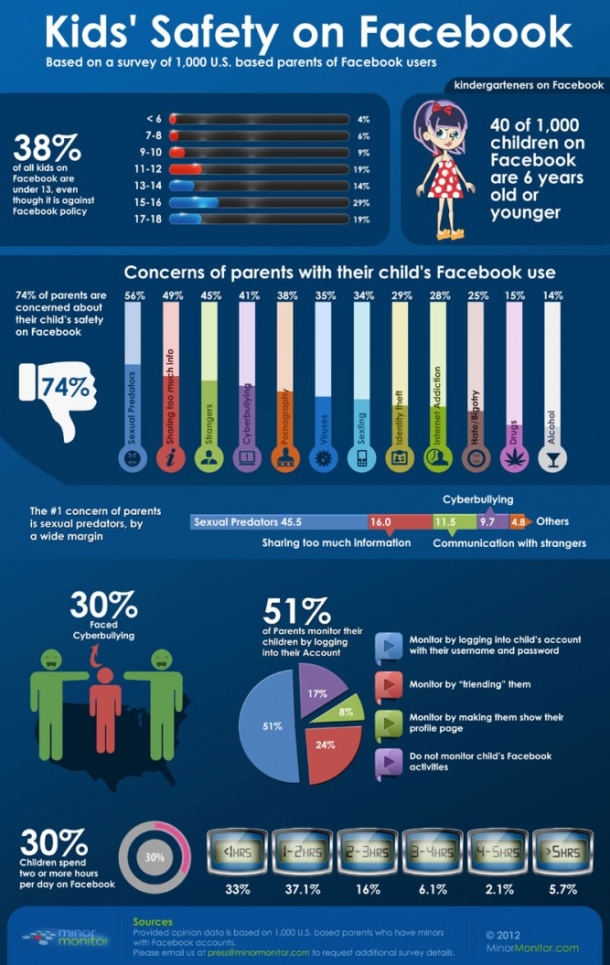Schools are increasingly struggling with decisions on how to support the growing trends in technology adoption in a fast paced and constantly changing technology rich world. The number of schools moving toward greater access to technology is growing with exponential magnitude. The challenge is the cost associated with these adoptions and further compounded by the increasing pace of obsolescence. Often, we are buying equipment that has a usable lifespan of far less than three years making traditional depreciation schedules useless.
But, first we need to begin with the rationale for including technology in the learning process. Even after two decades of study, there is limited empirical support for academic achievement through implementation of technology alone. There are benefits that emerge from the use of technology, but the tools we currently use to measure educational progress are unlikely to capture the nuances of how technology helps us to achieve those goals.
We have to start with a different perspective on the function of education to understand the “why technology?” question. In our look at curriculum and instruction, we often take time to ask another critical question — “What do children need to know and be able to do to be successful after schooling?” In the time of Sputnik we shifted our educational focus to include science and math in order to generate a work force that could challenge emerging Russian competence in the race to outer space. We have more recently shifted focus to develop skills in collaboration and communication because corporate leaders suggest that graduates join the workforce woefully unprepared for a fast-paced and competitive global environments that require teamwork and flexible ongoing skill development. We shift curriculum to include more phonics when basic reading scores show a decline and we return to a whole language approach when motivation, comprehension, and fluency lag. This tipping back and forth on agendas has often been described as a swinging pendulum and it serves as the primary source of teacher frustration.
With technology we confront a sustained trend that is more profound than these cyclical curricular iterations of the past. Can we legitimately argue that the concept of integrated technology is a fad? Can we continue to posit that a productive and intelligent life can emerge in an environment bereft of technological tools in the current age?
With each iteration of innovation, technology becomes increasingly embedded and ubiquitous in daily life. Along with that trend, the challenges of adequately preparing students to live in a technologically enhanced world increases at an ever quickened pace. More than any other curricular challenge of recent memory, this trend is poised to leave us with a growing split between those who can and those who cannot – a digital divide that will become the new yardstick of competence.
Schools have to recognize that there, in fact, technology is becoming embedded in schools despite their lack of responsiveness. Students bring technology to school in increasing numbers and this technology is a demonstration of how the trend has created a ubiquitousness without intervention. In light of this, it seems prudent that school consider a different approach to technology integration.
It’s time for schools to let go of control methodologies that are founding in outdated frameworks. Authoritarian control over choice is a throwback to an over-structured approach to teaching that has been proven ineffective. Instead, schools should welcome technology with open arms and — and this is important — students should bring it, not unlike the annual selection of the latest binder or pencil on the Fall supply lists. The recent BYOL (Bring Your Own Laptop) initiatives are an initial realization that schools can divest themselves of responsibility for user hardware and instead focus their energies on infrastructure and backbone to a technologically capable learning environment. The same should be expected of teachers and administrators.
I suggest that the time has passed where schools should expend capital on narrowing options for achievement with discussions of operating systems and minimum configurations. It’s time for schools to create an open and welcome environment enriched by cloud based applications that removes the need for Microsoft or Linux allegiances. Even the Horizon 2011 report finds this to be the most critical trend in the next few years and repeated again after first introduced in 2010.
The bottom line for parents – pick your child’s computer and then demand that schools allow that computer to accompany the child. By becoming an advocate for this paradigm, you support a move to a future-focused education that is more likely to prepare your child for the reality we all have to admit is on the near horizon.
The bottom line for teachers and administrators – build your own self-efficacy in regards to technology in order to assure your competence in guiding effective integration. If you don’t own and regularly update your personal technology, you should. If you don’t embrace the use of technology as a core skill for the future, you must.
Don’t delay! With the pace of change, we dare not pause and watch more ground lost for the sake of mindless caution and a stoic grip on entrenched and unenlightened attitudes.




